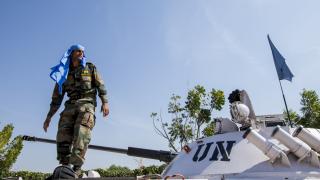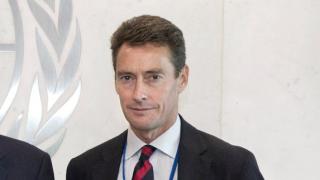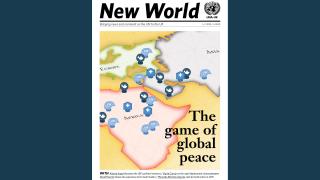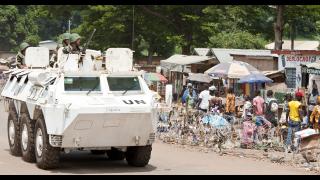
Though it officially came into force on 24 December 2014, we have a wait on our hands for the Arms Trade Treaty (ATT) to become universally adhered to. That will not stop the Treaty tackling illicit weapons transfers and reducing armed violence in the meantime however. With 62 States Parties, the Treaty already covers a significant portion of the world – perhaps 30 per cent of the global supply in arms.
And this portion looks set to expand – there are a further 68 signatories, many of whom will incorporate the ATT into their domestic law over the next few years. If the ratification process for the Treaty follows a similar path to that of the Landmines and Cluster Munitions Treaties, a crude prediction would be that close to 90 states will have ratified the ATT by the end of 2016.
Its effectiveness, however, could be impeded by the influence of three major arms exporters yet to join the Treaty: China, Russia and the US. Together these countries command around 62 per cent of the global arms market, almost half of which comes from the US alone. Unlike China and Russia, the US has signed the Treaty, although domestic politics make imminent ratification unlikely. China has given positive signals, but along with Russia, abstained from the General Assembly vote to create the Treaty making it improbable that either country will join in the short term.
Whilst the support of major exporting states is important, smaller exporters play a large role in the diversion of arms to the black market. With or without China, Russia and the US on board, as the ATT is implemented by an increasingly large proportion of the world it will begin having an important impact:
- For countries without rigorous export control systems, the ratification process can have a positive effect by establishing better levels of oversight. By fixing weak links in global supply chains, traffickers are left with fewer routes to divert arms to the illicit market and onwards to conflict-ridden areas like Iraq, Syria and South Sudan.
- The import, brokering and transit provisions in the Treaty mean that exporters who trade with States Parties will be affected, irrespective of their own status with regard to the Treaty.
- As supply chains become more globalised, major exporters are increasingly likely to need parts, components and technology from States Parties.
- Global norms for what constitutes responsible arms trading will emerge. In the long term this could have an impact on all transfers, regardless of whether states are subject to the Treaty. Stigmatising bad practice, if not outlawing it, can be a powerful tool, particularly if states implement the Treaty to the highest possible standard.
The emergence of such a norm could be reinforced if States Parties’ national reports on arms transfers are opened to scrutiny from civil society – something UNA-UK has consistently called for. Ultimately though, the success of the Treaty will be judged by its impact on the ground – to those living under the threat of armed violence, which is responsible for half a million deaths annually. Impact on these figures will not be measurable for many years to come and the extent to which they are affected by the ATT will be highly dependent on securing the political will for its effective implementation.
Expectations should not be exaggerated. But, if widely and robustly adhered to, we can expect the ATT to cause a decline in dodgy arms transfers, making it increasingly hard for human rights abusers, criminals and terrorist organisations to acquire these deadly weapons.
Ben Donaldson is Communications and Campaigns Manager at UNA-UK
























